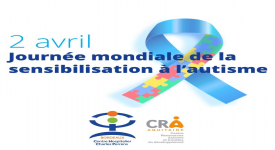Roles of Epigenetics and Glial Cells in Drug-Induced Autism Spectrum Disorder
Biomolecules. 2024 Apr 3;14(4):437. doi: 10.3390/biom14040437.
ABSTRACT
Autism spectrum disorder (ASD) is a neurodevelopmental disorder characterized by severe deficits in social communication and interaction, repetitive movements, abnormal focusing on objects, or activity that can significantly affect the quality of life of the afflicted. Neuronal and glial cells have been implicated. It has a genetic component but can also be triggered by environmental factors or drugs. For example, prenatal exposure to valproic acid or acetaminophen, or ingestion of propionic acid, can increase the risk of ASD. Recently, epigenetic influences on ASD have come to the forefront of investigations on the etiology, prevention, and treatment of this disorder. Epigenetics refers to DNA modifications that alter gene expression without making any changes to the DNA sequence. Although an increasing number of pharmaceuticals and environmental chemicals are being implicated in the etiology of ASD, here, we specifically focus on the molecular influences of the abovementioned chemicals on epigenetic alterations in neuronal and glial cells and their potential connection to ASD. We conclude that a better understanding of these phenomena can lead to more effective interventions in ASD.
PMID:38672454 | DOI:10.3390/biom14040437




